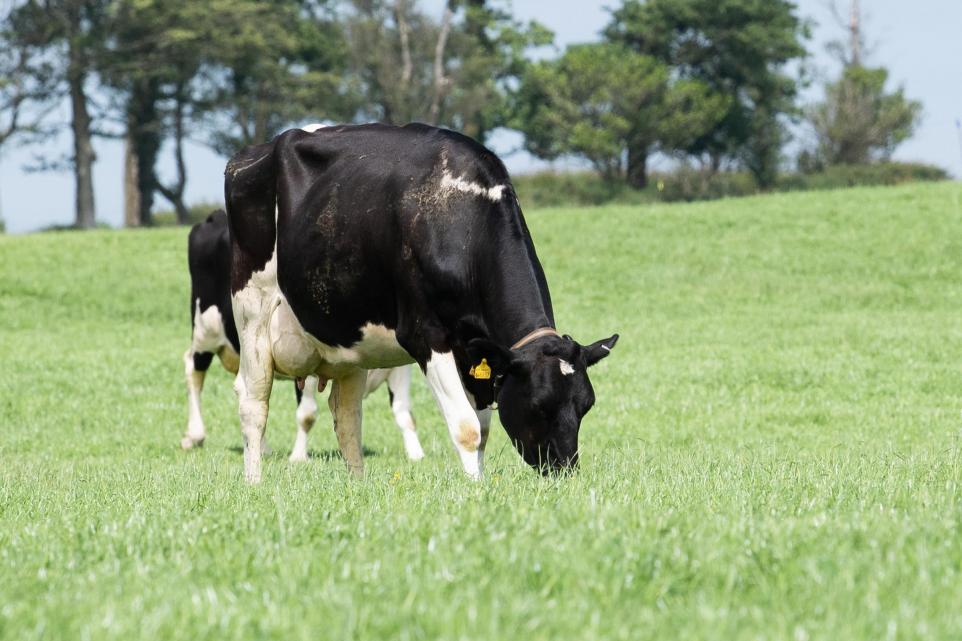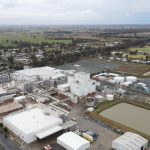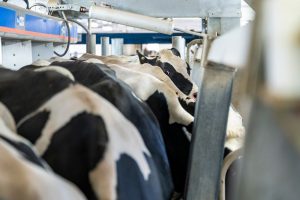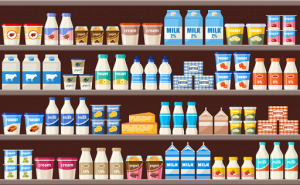
The US Food and Drug Administration (FDA) is undertaking additional scientific research work to ensure that approved pasteurization processes are rigorous enough after retailer milk tests showed contamination from Highly Pathogenic Avian Influenza (HPAI).
The move follows tests conducted by the FDA at the end of April showing that one in five samples of commercial milk collected from retailers country-wide as part of a national survey had tested positive for viral fragments.
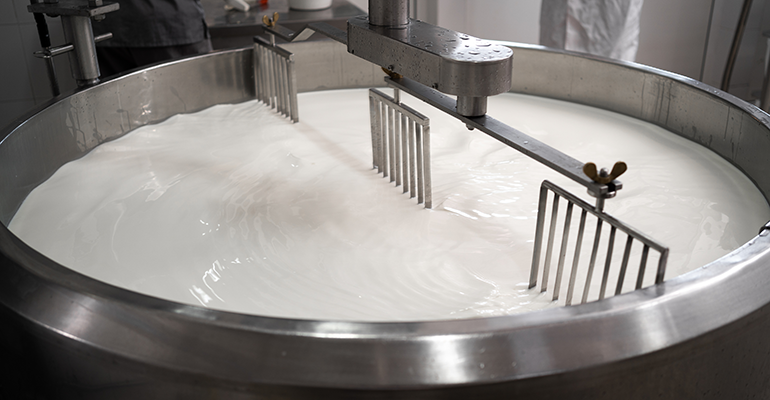
The tests were carried out after dairy cattle in several states had tested positive for the Highly Pathogenic Avian Influenza (HPAI) H5N1 virus. The study saw the FDA take samples from a broad selection of dairy herds across the country, including the herds that had already tested positive for the virus. At the time the FDA confirmed that there was a higher incidence of positive milk tests among the infected herds.
FDA tests to determine the efficacy of pasteurisation equipment
Ingredients Network reached out to the US FDA for comment about pasteurisation testing but did not receive a reply.
“While our retail sampling test results to date are clear about the safety of the commercial milk supply and representative of real-world scenarios, additional scientific work is being undertaken to validate the criteria for pasteurisation relative to the HPAI H5N1 virus and will include tests using pasteurisation equipment typically used by milk processors,” the FDA stated in an update on May 10th.
Concerns over HPAI H5N1 have been elevated since reports of a human infection was reported in the US at the beginning of April, evidently from contact with an infected animal, the first such recorded transmission in the country. The individual reportedly suffered mild symptoms and was not hospitalised, but the World Health Organization (WHO) put out an alert about the case as a warning.
While bird flu can be transmitted from wild birds to poultry, the spread of it to cattle and to humans is thought to be highly unusual, which is why the FDA is conducting such extensive testing and research into the current outbreak. The goal is to determine if a specific strain of the virus is responsible and what measures dairy farmers can take to avoid outbreaks and to prevent it from entering the milk supply chain.
FDA continues to test milk in store shelves across the US
Testing of milk is currently ongoing in stores across the country, together with tests to determine if there is any potential risk of contamination to other types of milk products, including cream and whole milk.
While no specific precautions have been issued for commercially available pasteurised milk, the FDA has issued renewed warnings against drinking raw milk
“The FDA and USDA are working closely to collect and evaluate additional data and information specific to H5N1 in dairy cattle and to support state counterparts as this emerging disease in dairy cattle is managed. These important efforts are ongoing, and we are committed to sharing results as soon as possible. In the meantime, the FDA and USDA continue to indicate that based on the information we currently have, our commercial milk supply is safe,” the FDA stated.
Reports that animal feed can spread the virus are denied
A number of media reports have pointed to a possible link between the inclusion of dried poultry litter that is contained in feed for dairy cows to a possible source for the spread of the HPAI virus.
The allegations have been strongly refuted by the feed industry, with the Association of American Feed Control Officials (AAFCO) insisting that sufficient protocols are in place to ensure that this type of virus cannot be transmitted. The organisation reiterated that its members abide by strict FDA veterinary regulations to ensure that all feed meets food safety standards.
“Dried Poultry Litter or Waste has been approved as a commercial feed ingredient by AAFCO since 1982, and while it’s not widely used, poultry litter can be a great alternative for cattle to promote sustainability while still gaining a nutritional benefit for the animals,” said Austin Therrell, executive director AAFCO.
You can now read the most important #news on #eDairyNews #Whatsapp channels!!!
🇺🇸 eDairy News INGLÊS: https://whatsapp.com/channel/0029VaKsjzGDTkJyIN6hcP1K
